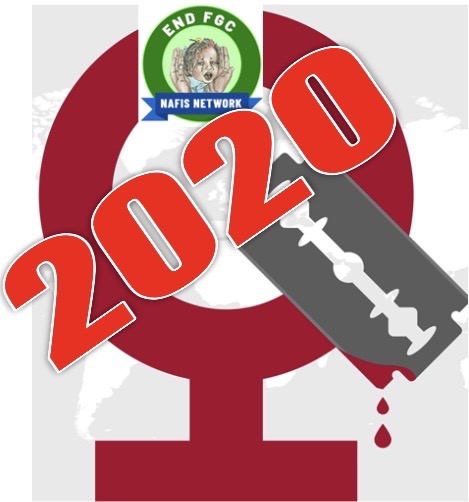The prevalence rate of Female Genital Cutting is above 99% in Somaliland, and it has several dimensions and forms, which include infibulation (Fircooni) and other forms known Sunni.’ This form (sunni) itself has sub-types, which is more or less the same with infibulation. No government agenda to end this practice either by policy or law. Civil society organizations have been working for a long time from 1997 to create awareness of the community and lobby to get the government’s attention to take action of outlawing this practice. There is an FGM policy draft since 2012, but it has died in the hands of the ministries. NAFIS Network is appealing for banning this practice in this year by getting the approval of the policy and tabling the drafted bill into the parliament for passage.
The anti-FGM/C activists, NGOs, CBOs, FBOs, and CSOs, have applied all ever approaches that could bring a sustainable change. Ironically, whatever successes that have been achieved in the struggle are likely to be rendered futile if caution and sobriety do not prevail.
To achieve the above:
- 2020 needs unequivocal on ending all types of female genital cutting by not preferring one to the other.
- 2020 needs the National Anti-FGM/C Policy finalized, passed, and implemented/enforced.
- 2020 needs the de-medicalization of FGM/C practices that are becoming an alternative to the traditional FGM/C practices.
- 2020 needs integration of FGM/C issues into the education and medical curriculum.
- And finally,2020 needs goodwill in all FGM/C stakeholders, especially the policymakers.
Once these are put in place, it will be easy to eradicate the vice from our society. Anything against the above, it will be sheer imitation to any steps made by the anti-FGM/C stakeholders.

